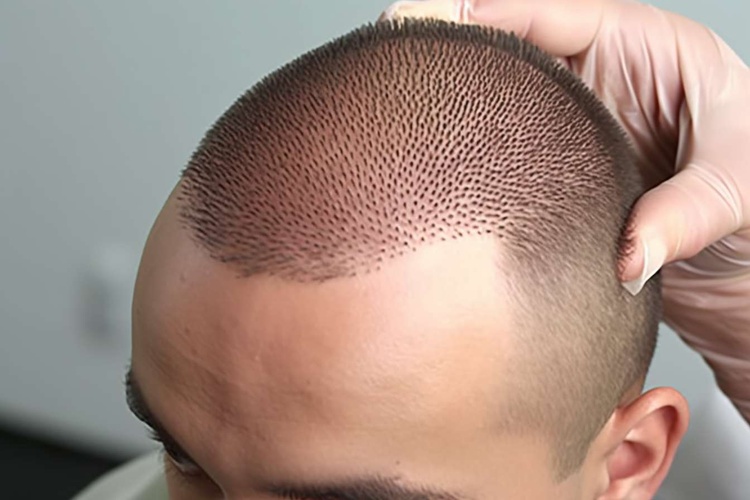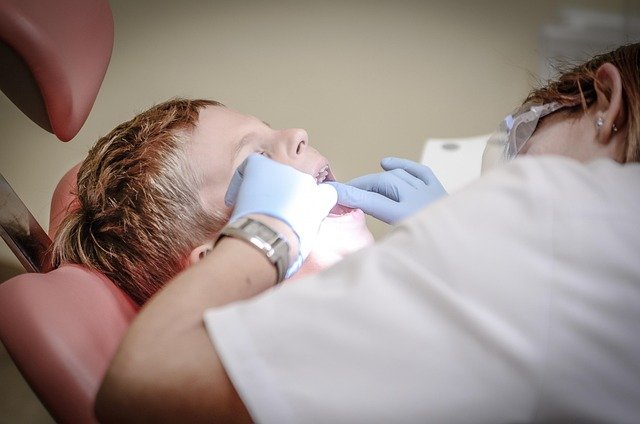Understanding Hair Loss: Options and Insights for 2025
Hair loss affects millions of people worldwide, transcending age, gender, and ethnicity. While often viewed as a purely cosmetic concern, hair loss can significantly impact self-esteem and quality of life. Understanding the underlying causes, available treatment options, and long-term considerations is essential for making informed decisions about managing this condition. As we move through 2025, new treatments and refined approaches continue to evolve, offering hope for those experiencing hair thinning or baldness.

Why Does Hair Loss Happen?
Hair loss occurs through various mechanisms, with androgenetic alopecia being the most common cause, affecting approximately 95% of men and 40% of women experiencing hair loss. This hereditary condition involves sensitivity to dihydrotestosterone (DHT), a hormone that shrinks hair follicles over time. Other significant causes include telogen effluvium, triggered by stress, illness, or major life changes, and alopecia areata, an autoimmune condition causing patchy hair loss.
Nutritional deficiencies, particularly iron, zinc, and protein deficiencies, can also contribute to hair thinning. Hormonal changes during pregnancy, menopause, or thyroid disorders frequently result in temporary or permanent hair loss. Additionally, certain medications, harsh hair treatments, and tight hairstyles that create tension on the scalp can damage follicles and lead to hair loss patterns.
What Are the Options?
Treatment options for hair loss have expanded significantly, offering both medical and surgical solutions. Topical treatments like minoxidil remain widely used, applied directly to the scalp to stimulate hair growth and slow further loss. Oral medications such as finasteride work by blocking DHT production, though they require ongoing use to maintain benefits.
Hair transplant procedures have advanced considerably, with follicular unit extraction (FUE) and follicular unit transplantation (FUT) providing permanent solutions for suitable candidates. These surgical methods relocate healthy hair follicles from donor areas to thinning regions. Non-surgical alternatives include platelet-rich plasma (PRP) therapy, which uses concentrated growth factors from the patient’s blood to stimulate follicle activity.
Emerging treatments include low-level laser therapy devices, stem cell therapy, and newer medications currently in clinical trials. Cosmetic solutions such as hair systems, topical concealers, and scalp micropigmentation offer immediate visual improvements without addressing underlying causes.
Is Hair Loss Permanent?
The permanence of hair loss depends entirely on its underlying cause and the timing of intervention. Androgenetic alopecia typically progresses gradually and becomes permanent once follicles fully miniaturize and stop producing hair. However, early treatment can often slow or halt progression, and in some cases, promote regrowth of recently thinned hair.
Temporary hair loss conditions like telogen effluvium usually resolve once the triggering factor is addressed, with full recovery occurring within six to twelve months. Alopecia areata may spontaneously resolve, though recurrence is common. Nutritional deficiency-related hair loss often reverses completely with proper supplementation and dietary changes.
The key factor determining permanence is follicle viability. Once hair follicles are completely destroyed or become dormant for extended periods, regrowth becomes unlikely without surgical intervention. This highlights the importance of early evaluation and treatment when hair loss is first noticed.
Key Considerations Before Choosing a Solution
Several factors should guide treatment selection, starting with accurate diagnosis by a qualified healthcare professional or dermatologist. Understanding the specific type and cause of hair loss influences treatment effectiveness and expected outcomes. Age, overall health, lifestyle factors, and personal goals all play crucial roles in determining the most appropriate approach.
Financial considerations are significant, as many hair loss treatments require ongoing investment. Insurance rarely covers cosmetic hair loss treatments, making cost analysis essential. Realistic expectations must be established, as no treatment guarantees complete restoration of original hair density or appearance.
Potential side effects and contraindications require careful evaluation. Some medications may interact with existing treatments or conditions, while surgical procedures carry inherent risks. The time commitment for various treatments varies considerably, from daily applications to multiple surgical sessions over months.
Comparison of Hair Loss Approaches (Worldwide 2025)
| Treatment Type | Provider/Method | Estimated Cost Range | Key Features |
|---|---|---|---|
| Topical Minoxidil | Various pharmacies | $20-60 per month | Non-prescription, daily application required |
| Oral Finasteride | Prescription medication | $30-90 per month | Prescription required, targets DHT production |
| Hair Transplant (FUE) | Specialized clinics | $4,000-15,000 | Permanent solution, single procedure |
| PRP Therapy | Dermatology clinics | $500-1,500 per session | Multiple sessions needed, natural approach |
| Laser Therapy Devices | Medical device companies | $200-3,000 one-time | Home use available, FDA-cleared options |
Prices, rates, or cost estimates mentioned in this article are based on the latest available information but may change over time. Independent research is advised before making financial decisions.
The landscape of hair loss treatment continues evolving, with research focusing on regenerative medicine, genetic therapies, and improved surgical techniques. While no universal solution exists, the expanding range of options provides hope for individuals experiencing hair loss. Success often requires combining multiple approaches, patience with treatment timelines, and realistic expectations about outcomes. Consulting with healthcare professionals ensures safe, effective treatment selection tailored to individual circumstances and goals.
Disclaimer: This article is for informational purposes only and should not be considered medical advice. Please consult a qualified healthcare professional for personalized guidance and treatment.




